Constitution Executive Branch Worksheet
The Constitution Executive Branch Worksheet is designed to provide a comprehensive overview of the executive branch of the United States government. It is ideal for students, educators, and individuals looking to enhance their understanding of this important entity and subject. Through this worksheet, users can delve into key concepts, roles, and responsibilities of the executive branch, further deepening their knowledge of this vital pillar of our democracy.
Table of Images 👆
More Other Worksheets
Kindergarten Worksheet My RoomSpanish Verb Worksheets
Cooking Vocabulary Worksheet
DNA Code Worksheet
Meiosis Worksheet Answer Key
Art Handouts and Worksheets
7 Elements of Art Worksheets
All Amendment Worksheet
Symmetry Art Worksheets
Daily Meal Planning Worksheet
What is the role of the Executive Branch in the government?
The Executive Branch is responsible for implementing and enforcing the laws created by the legislative branch, as well as managing the day-to-day operations of the government. It is headed by the President, who is responsible for making important decisions regarding national security, foreign policy, and administration. The Executive Branch also includes the Vice President, Cabinet members, and various agencies and departments that work to carry out the President's agenda and serve the American people.
Who is the head of the Executive Branch?
The head of the Executive Branch in the United States is the President.
How is the President of the United States elected?
The President of the United States is elected through the Electoral College system, where each state is allocated a certain number of electors based on its representation in Congress. During a presidential election, voters in each state cast their ballots for a slate of electors pledged to a specific candidate. The candidate who wins the majority of electoral votes (270 out of 538) becomes the President.
What are the specific powers of the President?
The specific powers of the President of the United States include serving as the Commander-in-Chief of the armed forces, making treaties with the advice and consent of the Senate, nominating federal judges and other officials, granting pardons, delivering the State of the Union address, and vetoing legislation. Additionally, the President has the authority to issue executive orders, implement foreign policy, and appoint cabinet members.
What is the role of the Vice President?
The role of the Vice President is to serve as the second-in-command to the President and to be prepared to take over as President in the event of the President's death, resignation, or incapacity. In addition, the Vice President may have other responsibilities assigned by the President, including serving as a key advisor, representing the administration at events and in meetings, and casting tie-breaking votes in the Senate.
How does the Executive Branch interact with the Legislative Branch?
The Executive Branch, headed by the President, interacts with the Legislative Branch primarily through the process of checks and balances outlined in the U.S. Constitution. The President can propose legislation, veto bills passed by Congress, and deliver the State of the Union address to Congress. Additionally, the President can also negotiate with lawmakers to pass and implement policies. Congress can override a presidential veto with a two-thirds majority vote, confirm presidential appointments, and provide oversight and funding for executive branch agencies. Overall, this system fosters collaboration and negotiation between the two branches to ensure a balance of powers and efficient governance.
What powers does the President have in terms of foreign policy?
The President has the power to negotiate and sign treaties with foreign governments, appoint ambassadors and key diplomatic officials, and serve as the Commander-in-Chief of the military. Additionally, the President can implement foreign policy through executive orders, executive agreements, and leading diplomatic efforts to represent the United States in international relations.
What is the process for appointing judges to the Supreme Court?
The process for appointing judges to the Supreme Court involves the President nominating a candidate, the Senate Judiciary Committee holding confirmation hearings to assess the nominee's qualifications and background, followed by a Senate confirmation vote. If a majority of Senators approve the nomination, the candidate is appointed as a Supreme Court justice.
What powers does the President have in terms of the military?
The President of the United States is the Commander-in-Chief of the military, giving them the authority to make key decisions and strategies regarding the armed forces. This includes deploying troops, directing military actions, and making decisions on national security matters. The President can also declare a state of emergency and utilize military resources for national defense.
How can the Executive Branch be held accountable for its actions?
The Executive Branch can be held accountable for its actions through several mechanisms, including oversight and checks by the other branches of government (Legislative and Judicial), the media, public scrutiny, legal challenges, and ultimately through the power of the electorate during elections. Additionally, internal accountability measures such as investigations, audits, and transparency requirements can help ensure that the Executive Branch is held accountable for its actions.
Have something to share?
Who is Worksheeto?
At Worksheeto, we are committed to delivering an extensive and varied portfolio of superior quality worksheets, designed to address the educational demands of students, educators, and parents.

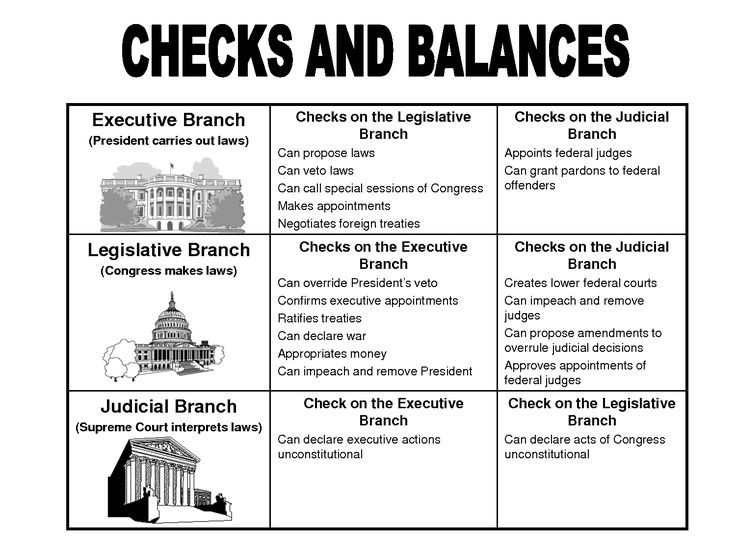




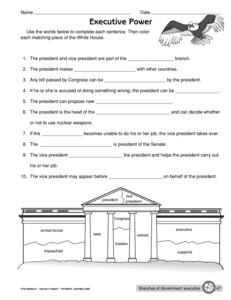
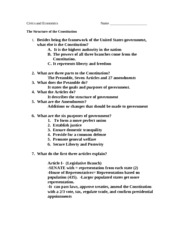
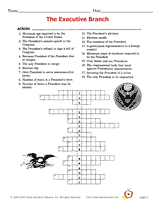

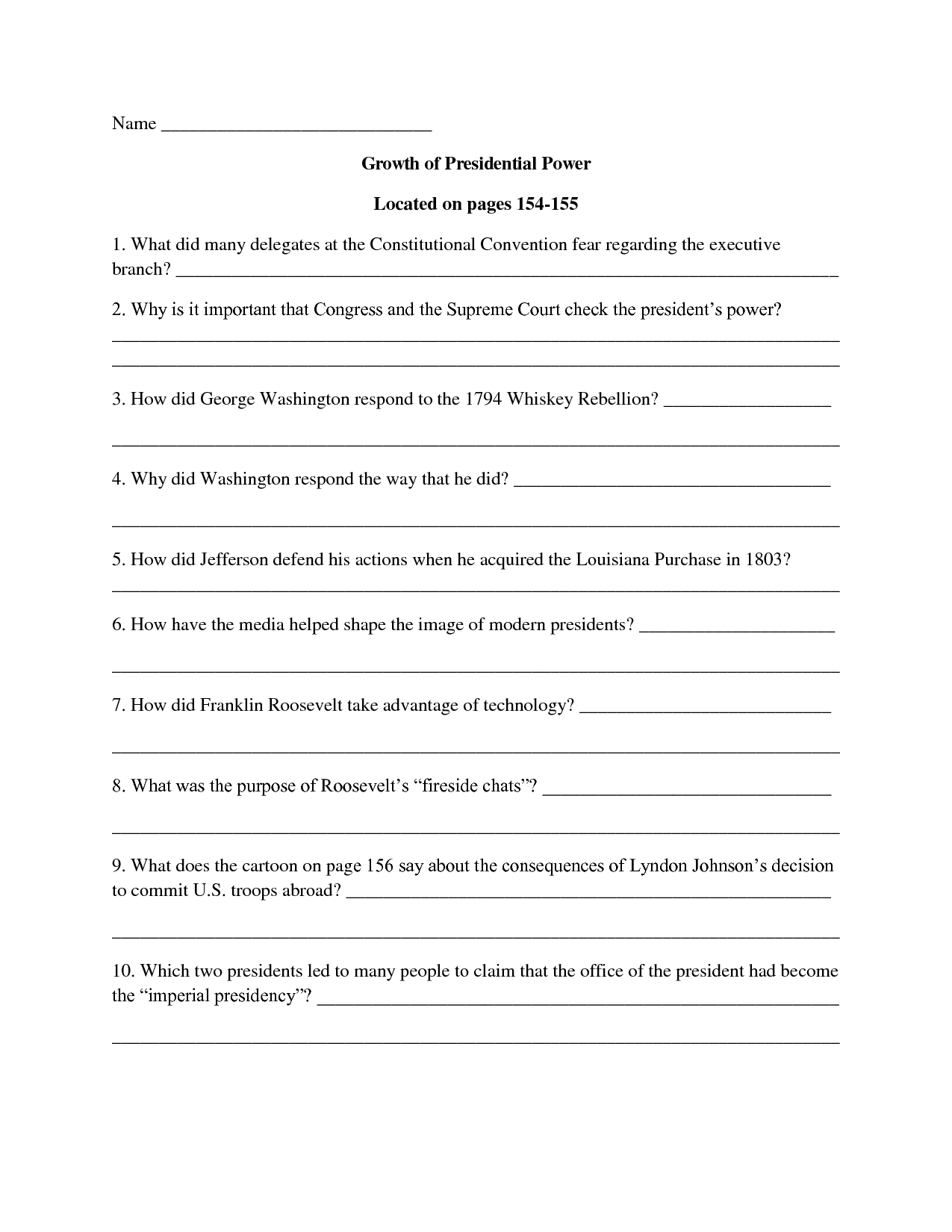
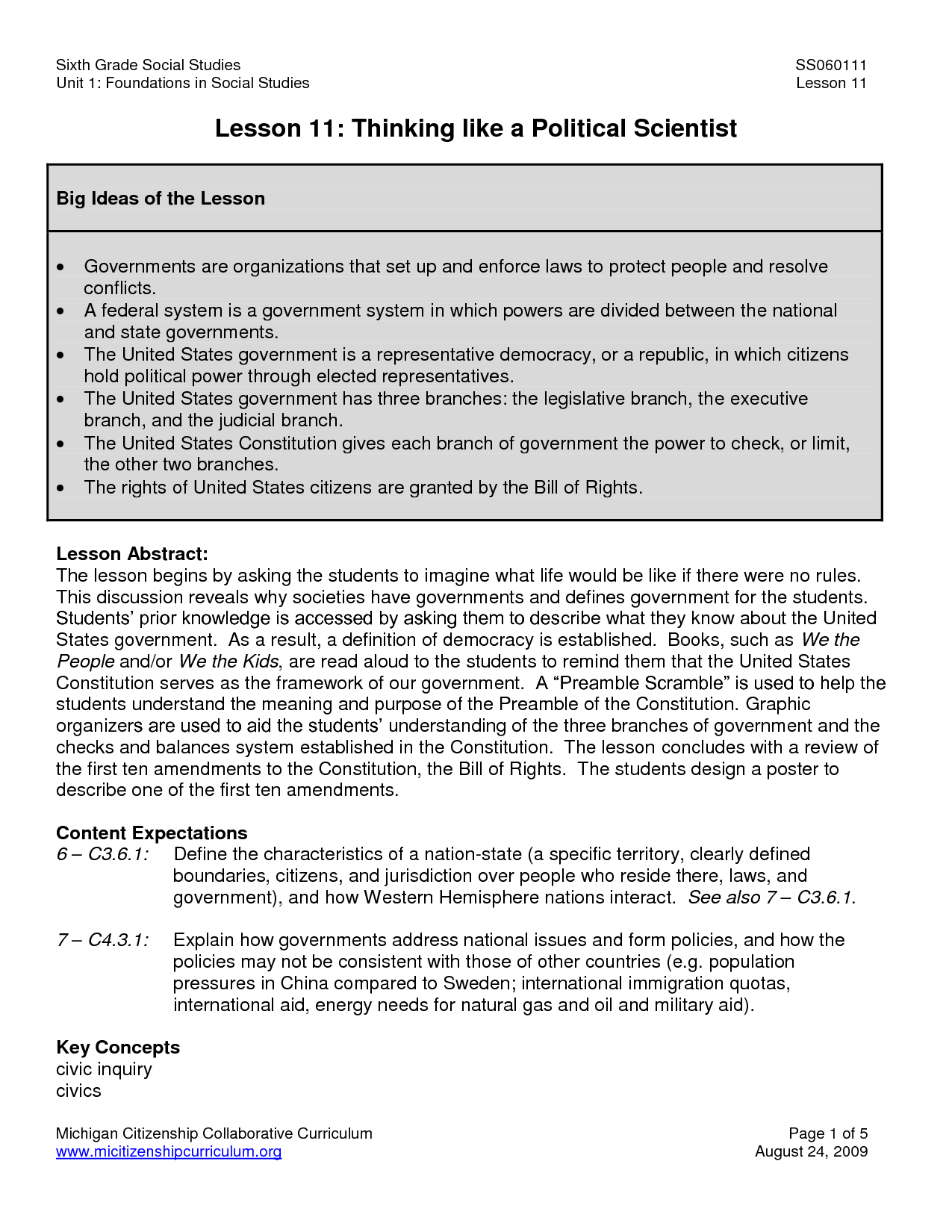















Comments